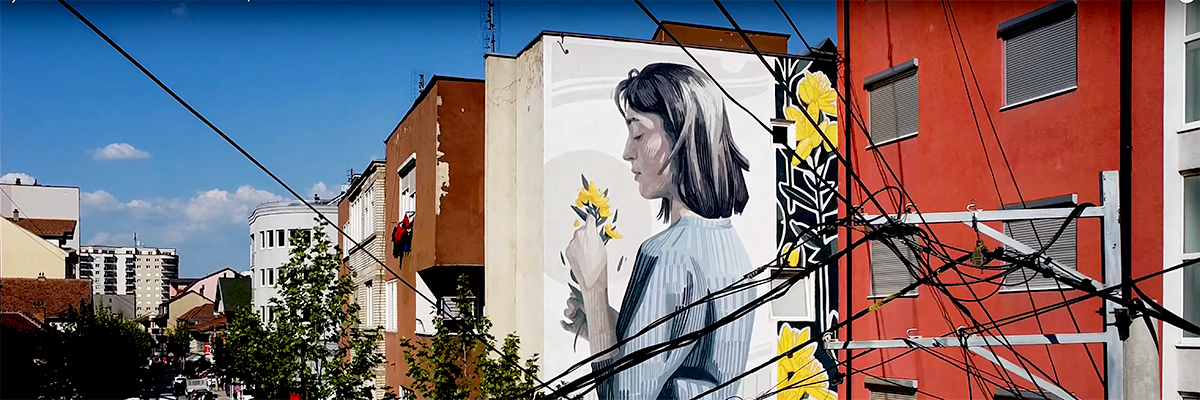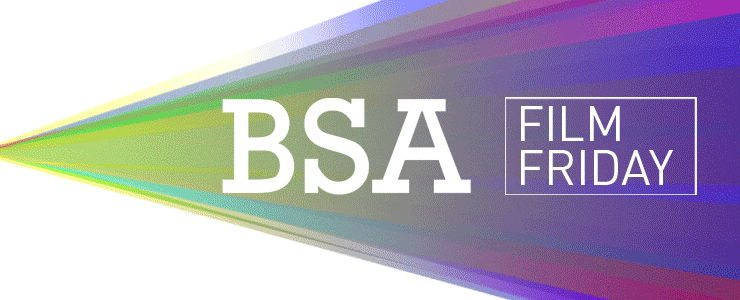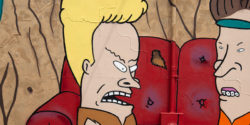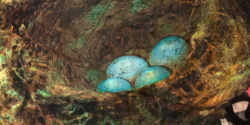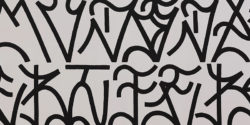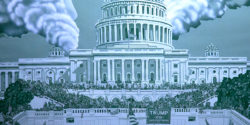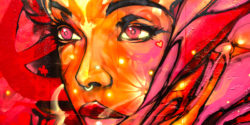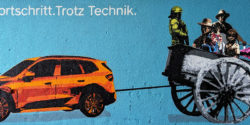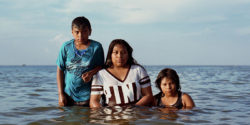This is what the world looks like when we no longer have people. Nature and everything around it is regenerating very fast. It was a very nice look into the future.
BSA: Were the preparations and precautions you took sufficient?
Tom & Zoran: Well – we received the request to accompany Bane and Pest on their trip to Chernobyl only about two weeks before they planned to start the trip. The film team who had initially accepted the job jumped off the project due to fear of radiation.
The time which was left for the preparation of this adventure was of course very short but the unique chance to travel to such a fascinating place and to be part of this project made us decide to do it.
Unfortunately our insurance did not accept the coverage of our camera for this trip as the Ukraine is still regarded to be a war area. In the very last minute we were able to buy a second hand camera at a reasonable price. But we did not have any time to test it and could only view the first footage when we were already in Kiev which is rather crazy.
As far as precautions were concerned, it was a lucky coincidence that Tom’s godfather, who had worked in the security department of a nuclear power plant in Switzerland for many years, could give us very valuable advice on the necessary preventive measures we had to take.
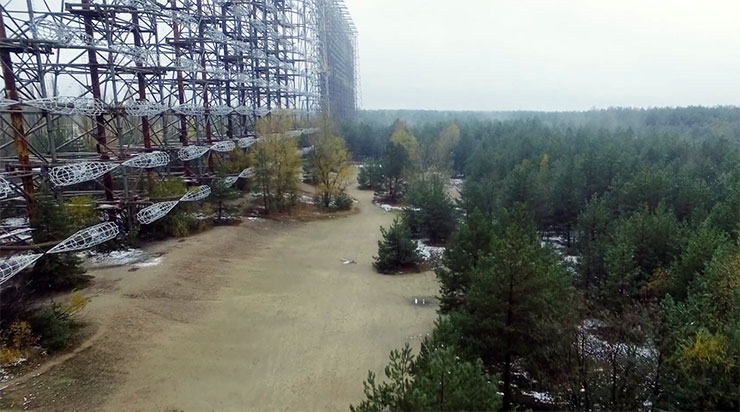
BSA: Not many Street Artists/graffiti writers can say that they painted in Chernobyl. Would you recommend it?
BANE: Only with caution. I think it’s the wrong place for a “hall of fame”
One should very consciously approach the matter and with extreme caution choose the subjects.
BSA: What was the thing that surprised you the most as filmmakers when approaching the environment?
Tom & Zoran: We knew that the exclusion zone was extremely fascinating from the visual point of view and would give numerous possibilities for our work. But what we found when we got there was beyond all our expectations. The number of abandoned buildings is amazing – there is everything: an old theater, a former swimming pool, a deserted hospital, a former school. Just a real town.
Chernobyl is nowadays a tourist attraction as well. So we found some ‘arranged places’ which were sort of ‘prepared’ for the photographers from all over the world. That is something we did not expect.

BSA: As you traveled through the factory and hospital and around the antenna, would you say that you felt the presence of life in a city that once was fully alive?
BANE: Life was pulsing everywhere. No civilization noise, no aircraft noise, no cars. Nothing at all.
The environment was so quiet you could almost hear the trees growing. Birds were heard from far away. Since no more people have an influence on the environment, this has the opportunity to live fully.

BSA: Did the team feel overwhelmed by your surroundings at any point?
Tom & Zoran: The moment we passed the nuclear reactor where the accident happened was very moving indeed. At that stage the reactor was still very clearly visible and not covered by a sarcophagus as it is now.
When we first came to the amusement park with the famous big wonder wheel we all were totally overwhelmed by unbelievable emotions. On one hand you feel very sad for all these people who had to leave their homes and
give up living in their town, on the other hand one is fascinated by the incredible silence and special beauty of this place. You just do not hear anything there – no cars, no people, no birds. You might be standing 30 meters away from somebody else and still be able to talk at a normal volume. This is stunning.
As a team we grew together very closely there.
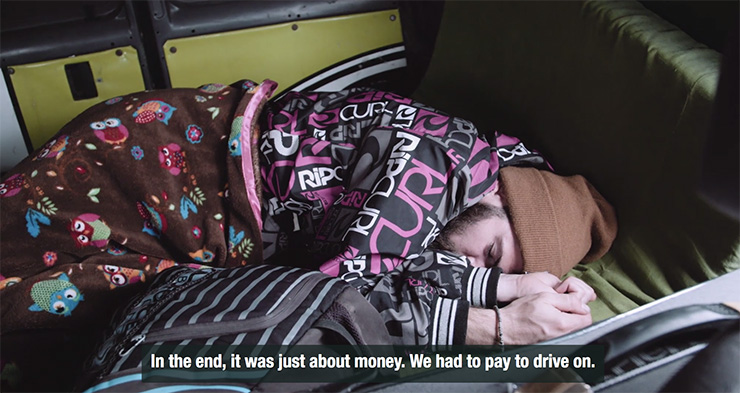
BSA: Were you limited to only painting these official murals?
BANE: Actually, we only had the permission to paint on the outskirts. After our arrival we were told that we can paint wherever we want. Thus, we also decided to paint three pieces instead of one.
BSA: What is your observation about the animals and trees that have been taking over the area and how did that affect your choice of subjects to paint?
BANE: As we changed our way of choosing the spaces, we have decided to dedicate the pictures to the wildlife that have settled in the area. It can be said that the whole environment in Chernobyl first brought us to these subjects

BSA: Was there any kind of human threat while you were filming and the artists were painting? How animal threats?
Tom & Zoran: We have to say that we have been accompanied by a local guide who knew the area and also the dangerous parts of it very well. So we always felt very secure.
After a while we had the opportunity to walk around on our own with a radio set and a Geiger tube. In Chernobyl and in Pripyat this is all very well organized. You pass the military checkpoints and controls of your papers.
Tourist groups only stay for a short while at the known places and are then transported further on. The security is taken very seriously by the authorities.
Although we knew that nature is “fighting its way back” and animal population is growing again, we never got into a critical situation with animals. Rather, we were fascinated by horses grazing peacefully or foxes sneaking about.
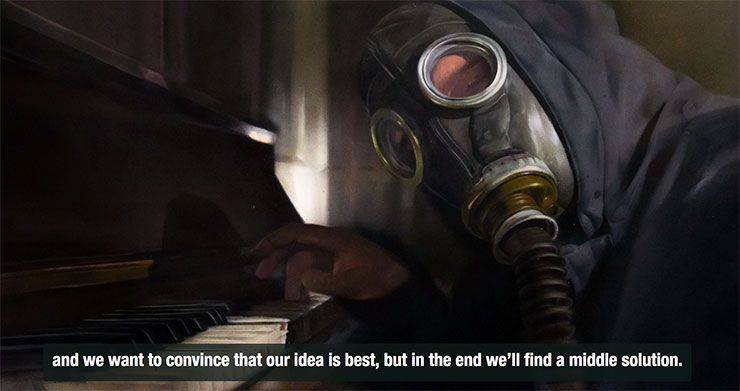
All images are screenshots from film and ©Pixel Love 2017
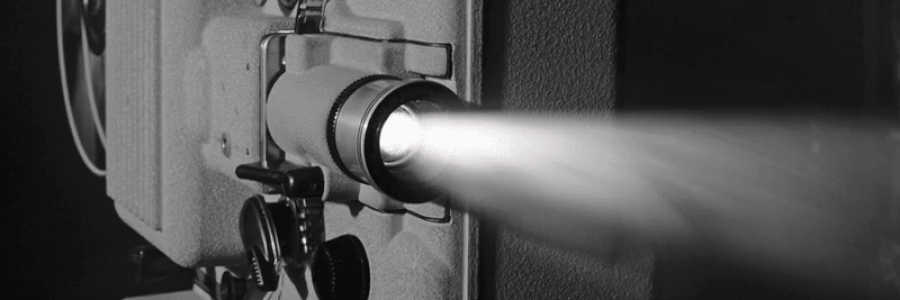

 BROOKLYN STREET ART LOVES YOU MORE EVERY DAY
BROOKLYN STREET ART LOVES YOU MORE EVERY DAY